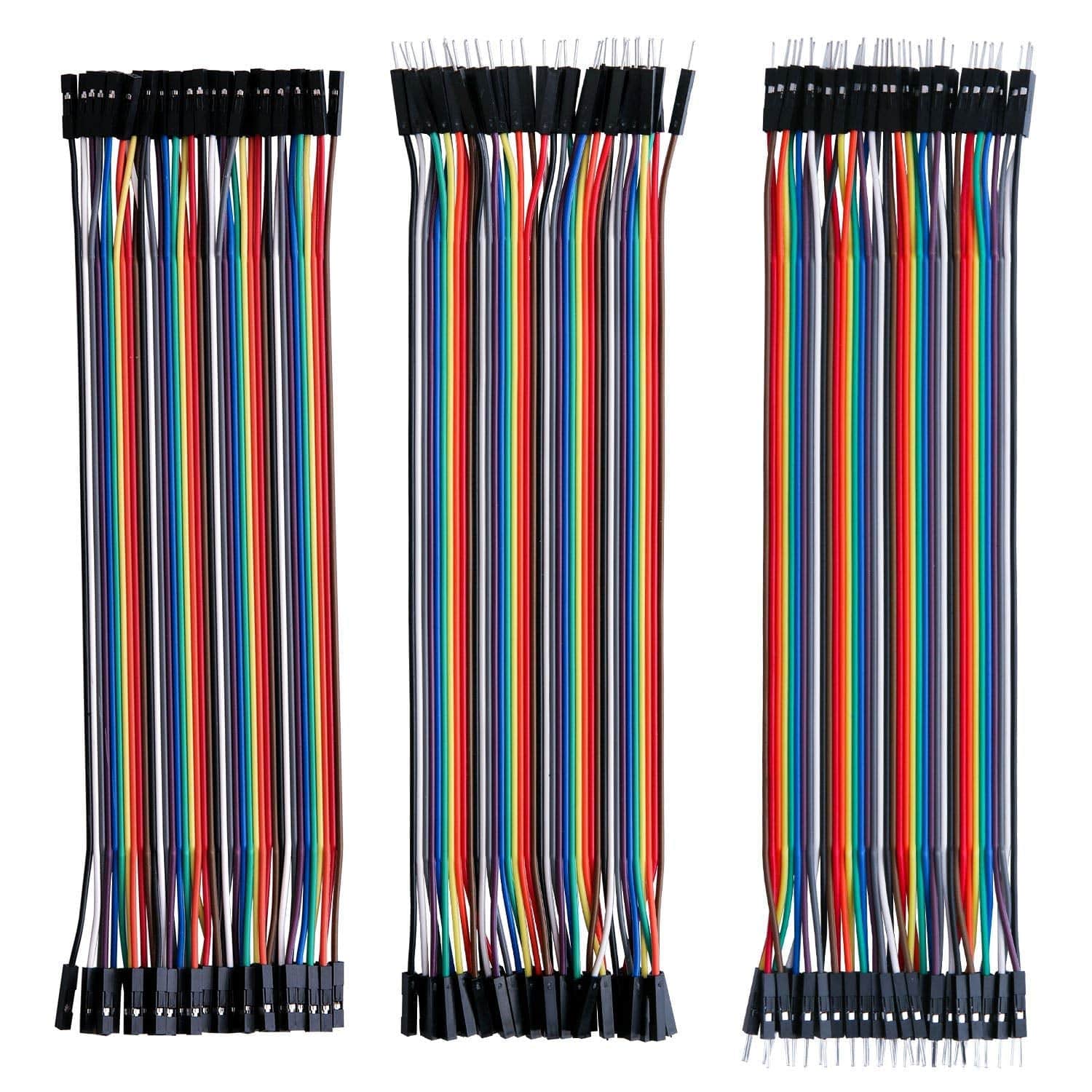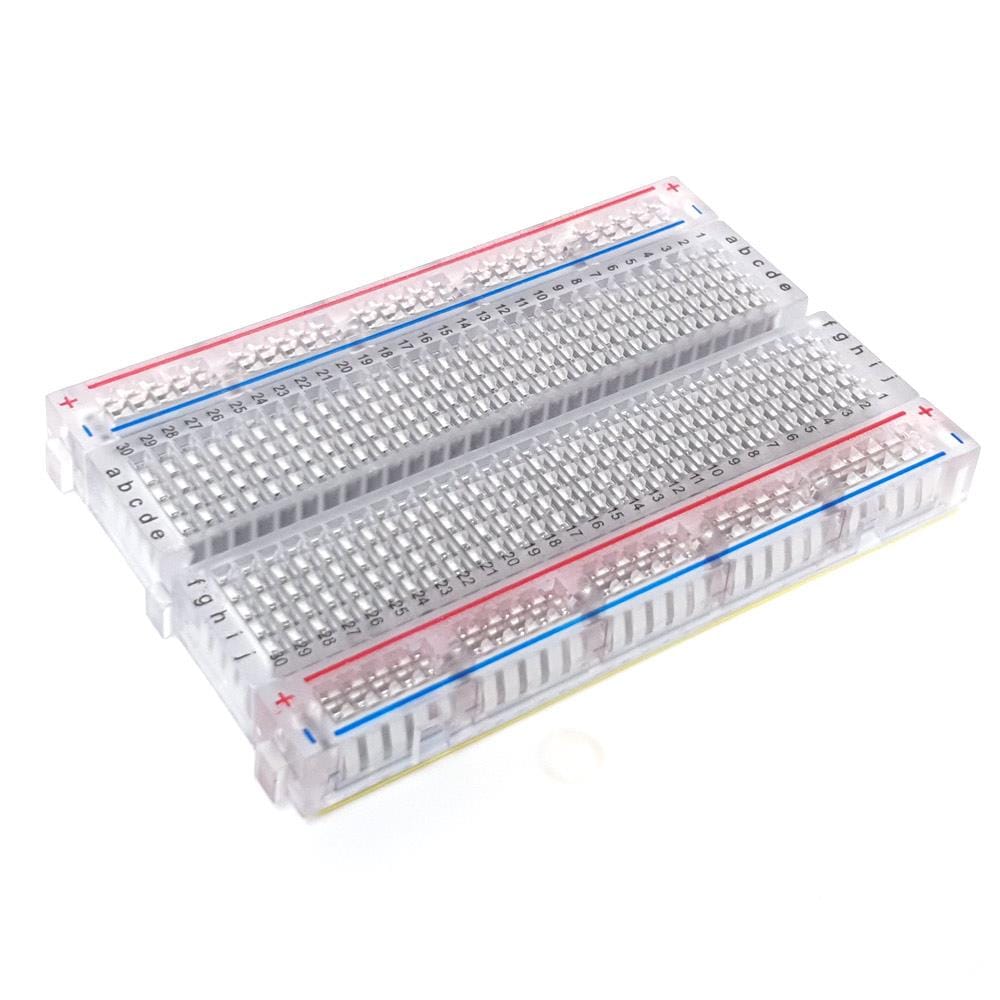




Login / Signup
Cart
Your cart is empty





This tiny Pololu U1V10F5 switching step-up (or boost) voltage regulator efficiently generates 5V from input voltages as low as 0.5V. Unlike most boost regulators, the U1V10F5 automatically switches to a linear down-regulation mode when the input voltage exceeds the output. The pins have a 0.1″ spacing, making this board compatible with standard solderless breadboards and perfboards.
This 5V boost (step-up) voltage regulator generates higher output voltages from input voltages as low as 0.5V, and it also automatically switches to a linear down-regulation mode when the input voltage exceeds the output. This makes it great for powering 5V electronics projects from 1 to 3 NiMH, NiCd, or alkaline cells or from a single lithium-ion cell.
When boosting, this module acts as a switching regulator (also called switched-mode power supplies (SMPS) or DC-to-DC converters) and has a typical efficiency of between 70% to 90%. The available output current is a function of the input voltage, output voltage, and efficiency (see Typical Efficiency and Output Current section below), but the input current can typically be as high as 1.2 A.
The regulator’s thermal shutdown engages at around 140°C and helps prevent damage from overheating, but it does not have reverse-voltage protection.
The boost regulator has three connections: input voltage (VIN), ground (GND), and output voltage (VOUT).
The input voltage, VIN, must be at least 0.5 V for the regulator to turn on. However, once the regulator is on, the input voltage can drop as low as 0.3 V and the 5 V output voltage will be maintained on VOUT. Unlike standard boost regulators, this regulator has an additional linear down-regulation mode that allows it to convert input voltages as high as 5.5 V down to 5 V for small to moderate-sized loads. When the input voltage exceeds 5 V, the regulator automatically switches to this down-regulation mode. The input voltage should not exceed 5.5 V. Please be wary of destructive LC spikes that might cause the input voltage to surpass 5.5 V (see below for more information).
The three connections are labelled on the backside of the PCB, and they are arranged with a 0.1″ spacing along the edge of the board for compatibility with solderless breadboards, connectors, and other prototyping arrangements that use a 0.1″ grid. You can solder wires directly to the board or solder in either the 3×1 straight male header strip or the 3×1 right-angle male header strip that is included.
The efficiency of a voltage regulator, defined as (Power out)/(Power in), is an important measure of its performance, especially when battery life or heat are concerns. As shown in the graphs below, this switching regulator typically has an efficiency of 70 to 90%.

The maximum achievable output current is approximately proportional to the ratio of the input voltage to the output voltage. If the input current exceeds the switch current limit (typically somewhere between 1.2 and 1.5 A), the output voltage will begin to drop. Additionally, the maximum output current can depend on other factors, including the ambient temperature, airflow, and heat sinking.
When connecting voltage to electronic circuits, the initial rush of current can cause damaging voltage spikes that are much higher than the input voltage. In our tests with typical power leads (~30″ test clips), input voltages above 4.5 V caused voltage spikes that could potentially damage the regulator. You can suppress such spikes by soldering a 33 μF or larger electrolytic capacitor close to the regulator between VIN and GND.
| Minimum operating voltage | 0.5 V |
| Maximum operating voltage | 5.5 V |
| Maximum input current | 1.2 A |
| Output voltage | 5 V |
| Reverse voltage protection? | N |
| Maximum quiescent current | 1 mA |
| Size | 0.35″ × 0.45″ × 0.1″ |
| Weight | 0.4 g |












